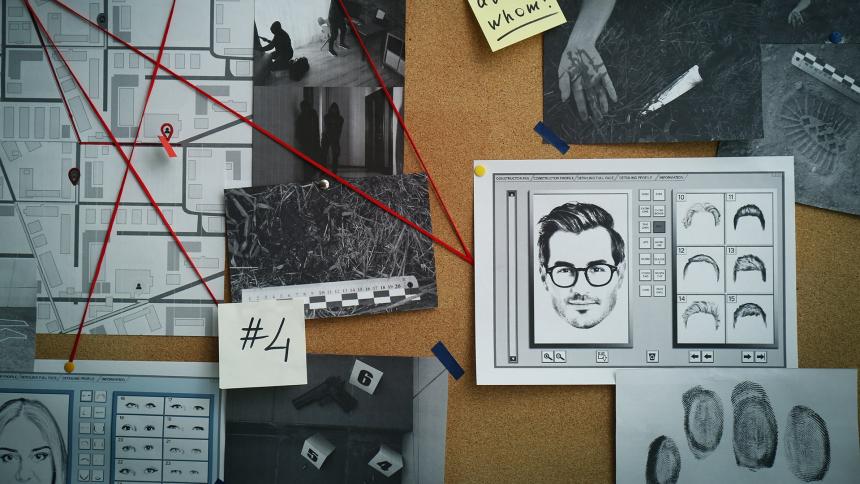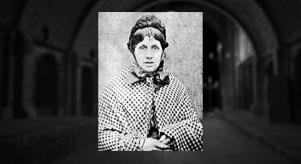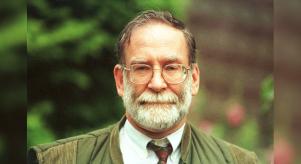The Timeline is an essential part of every homicide investigation – get it right and it can open as well close avenues of investigation and prove or break a suspect’s alibi. Learning everything there is to know about a victim’s final days and weeks allows investigators to get to know the victim, their habits, friends and hobbies and can be the difference between a solved case and a cold one.

Five Steps to Solving a Murder
Image: Shutterstock
All of the Unusual Suspects cases have one thing in common – experienced investigators. No matter how complicated or seemingly obvious a case may be, good detectives will always approach theinvestigation in the same methodical way. And as the show proves, this tried and tested method is the best way to catch a murderer..
1. Document Everything in the Murder Book
As detectives investigating the murder of 11-year-old Alan Brown (Little Boy Lost, ep11) discovered, keeping a detailed record of a homicide investigation is more than just a memory aid. Known as the Murder Book, it is the place where detectives record every step of an investigation, including witness statements, forensic reports and crime scene photos, and in Alan Brown’s case, it was crucial to solving the crime. Contained within the book, buried among routine interviews, was the name of a witness – tracking down that witness led detectives straight to Alan’s killers. Where murder is concerned, there’s no such thing as too much information.
2. Nail Down the Timeline
3. Follow every lead
Keeping an open mind about the causes and possible perpetrators of a crime is essential to an investigator’s success. IfUnusual Suspects has taught us anything, it’s that homicides are rarely straightforward, and following every lead – no matter how contrived they seem – is crucial. Whether it’s witness statements, or tips called in by the public, detectives never know where a lead is going to take them. For the investigators looking into Sky Alland’s (Driven to Murder, ep4) execution-style death, following leads that took them cross-country and sorting the red herrings from the real clues was exactly what it took to bring the 34-year-old businessman’s killer – an ex-employee – to justice.
4. Treat Everything as Evidence
Everything at a crime scene from the victim’s body to the position of the furniture can be considered evidence. Systematically processing the scene can dramatically increase the chances of solving the crime – not just the collection of forensic evidence and fingerprints, but determining what does or doesn’t belong at a scene can be just as useful as DNA or a murder weapon.
5. Persevere
As cold case detectives know all too well, talking to witnesses 5, 10, even 20 years after a crime was committed can yield surprising results. When 17-year-old Missy Avila (Deadly Forest, ep1) was murdered, it was three years before detectives had any idea what had happened to her. Then, out of nowhere, an eyewitness came forward, naming Missy’s killers – her two best friends. Without the witness – and her conscience – investigators may never have solved the case.




